Is the American Dream dead or alive? Find out in the inaugural Exclusive Point Taken-Marist Poll.
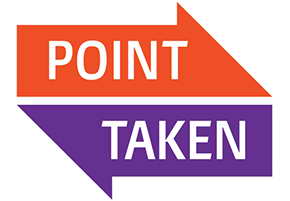 To find our the details, visit the Point Taken website.
To find our the details, visit the Point Taken website.
April 5, 2016
Is the American Dream dead or alive? Find out in the inaugural Exclusive Point Taken-Marist Poll.
 To find our the details, visit the Point Taken website.
To find our the details, visit the Point Taken website.
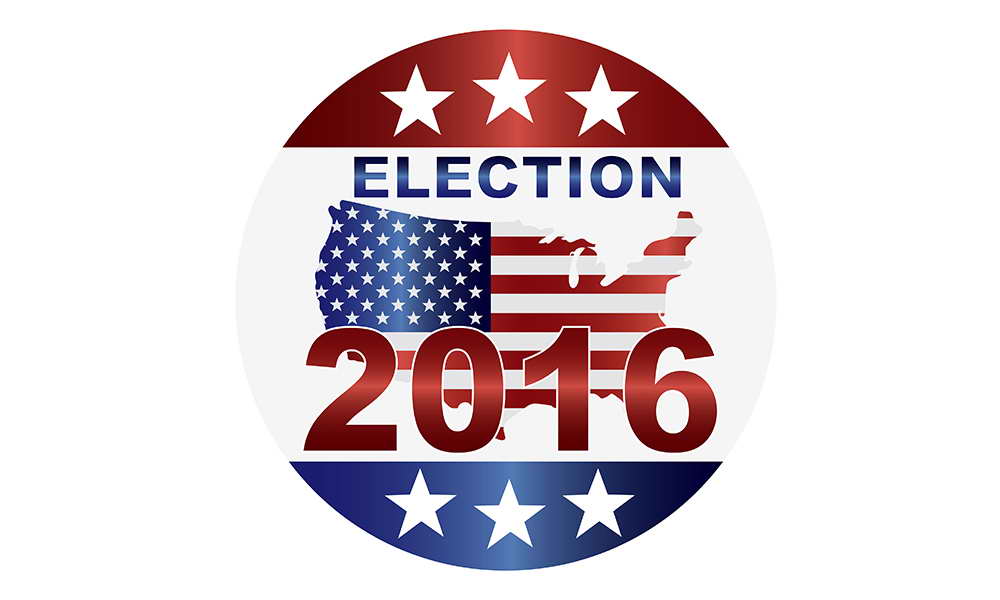
Where does the contest for the Republican nomination stand nationally? Do Republicans want a contested convention?
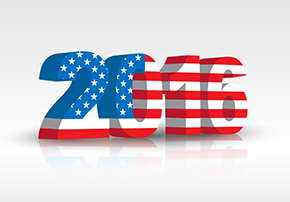 Find out in the latest national McClatchy-Marist Poll. To read the full McClatchy story, click here.
Find out in the latest national McClatchy-Marist Poll. To read the full McClatchy story, click here.
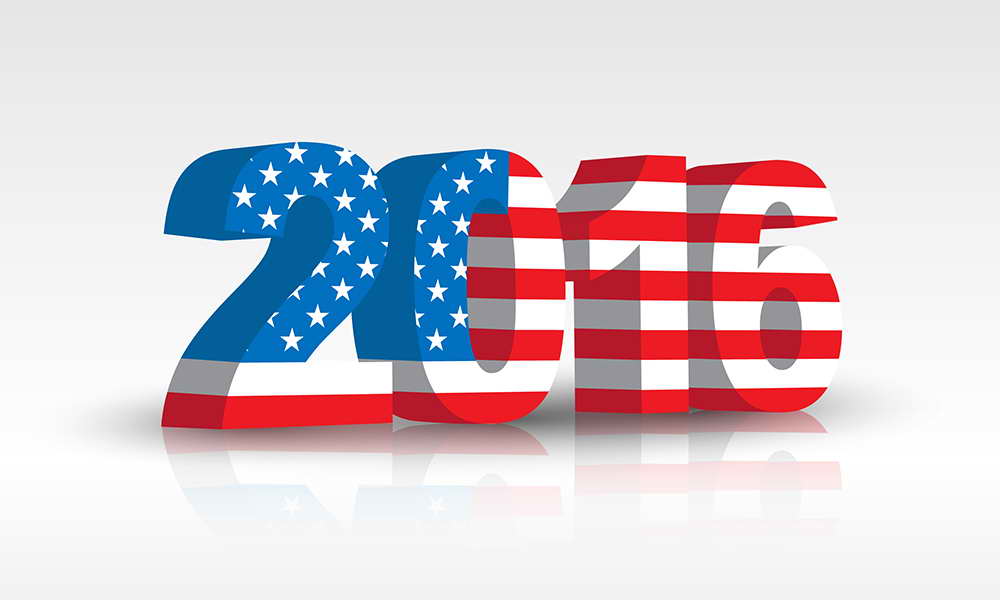
January 30, 2016
By Dr. Lee M. Miringoff
In this primary season the only conclusion that makes sense is that very little has made sense. Rigorous, scientific public polls have provided a very useful road map. As fellow pollster Gary Langer has commented: although public polls, the good and the bad, are often mixed together like champagne, cola, and turpentine, where would we be without good measurements of public opinion? What started out as a Bush/Clinton inevitable matchup, has emerged as anything but. Public polls have provided insights (and, there are many) about the staying power of Donald Trump and the emergence of Bernie Sanders.
In Iowa, we are finally on the eve of when voters officially join the fray. This time four years ago, the final NBC News/Wall Street Journal/Marist Poll showed Mitt Romney (+2) and Ron Paul in a statistical dead heat with Santorum surging into third place with 15%. The final Des Moines Register poll handicapped the contest the same with Romney (+2) to Ron Paul and Santorum surging into third place with 15%. These polls were excellent explainers of where the contest stood at that time and provided many additional insights into what the numbers showed under the hood.
A couple of weeks ago, the NBC News/Wall Street Journal/Marist Poll and the Des Moines Register/Bloomberg Politics poll again mirrored each other. Marist had Cruz (+4) over Trump, and the DMR had Cruz (+3) over Trump. Rubio was in third place in both polls by the slimmest of margins over Carson. On the Democratic side, Marist had Clinton (+3) over Sanders. It was Clinton (+2) over Sanders in the DMR poll.
The final NBC News/Wall Street Journal/Marist Poll has Trump (+7) over Cruz, but with Rubio in third and closing. Clinton remains (+3) over Sanders. The final DMR poll has Trump (+5) over Cruz with Rubio in third.
Both polls offer an inside-the-numbers look into what might tip the scales on Monday night. But, the campaigns don’t stop once the polls do. The GOP (Trump-less) debate, the latest flap over Clinton’s emails, the final ads, and the good ol’ ground game translate into, dare I say, these polls providing a narrative not a precise prediction. They represent serious attempts to measure public opinion, inform poll-watchers, and serve as a resource for political journalists. Now, let the voters decide.
This topsy-turvy election year, perhaps more than others, will ultimately require all of us to re-think polls, politics, and the press. But, isn’t that what each election season demands? The development of the new normal about candidates and campaigns is for another day. In the meantime, safe travels to my friends in Iowa, happy caucus, and see you in New Hampshire (if you don’t get snowed in)!
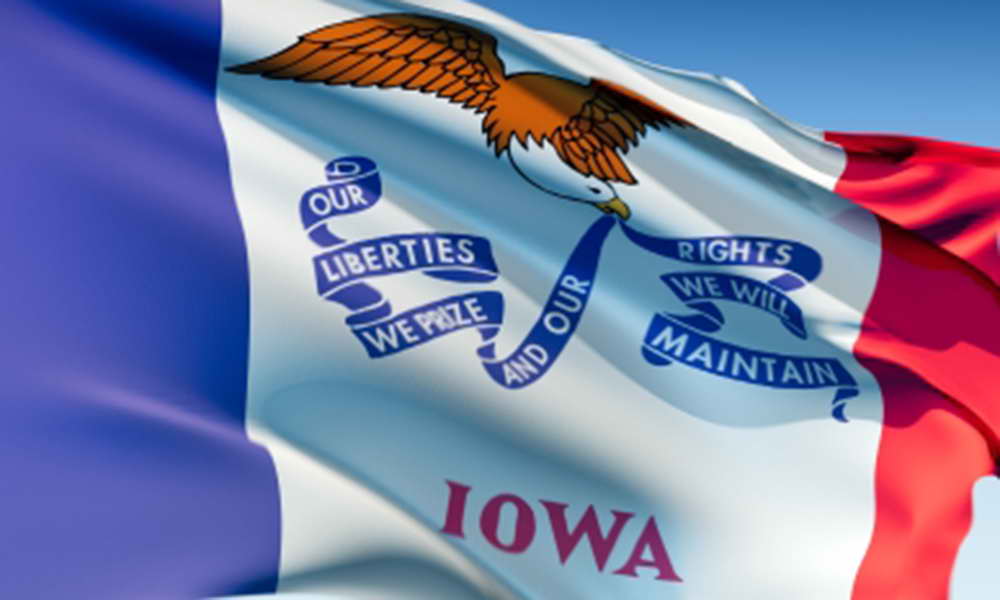
January 29, 2016
By Dr. Lee M. Miringoff
The Top Ten Songs the Candidates will Dedicate to Iowans on Caucus Day are:
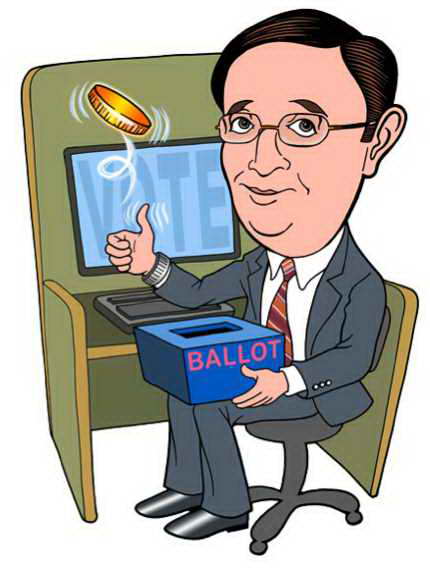 10. Stand by Me by Ben E. King
10. Stand by Me by Ben E. King
9. I’ll be There For You by Bon Jovi
8. Don’t You (Forget About Me) by Simple Minds
7. All by Myself by Eric Carmen
6. Like I’m Gonna Lose You by Meghan Trainor featuring John Legend
5. All I Want Is You by U2
4. Help! (I Need Somebody) by The Beatles
3. People (Who Need People) by Barbra Streisand
2. Don’t Go Breaking My Heart by Elton John and Kiki Dee
1. Ain’t Too Proud to Beg by the Temptations
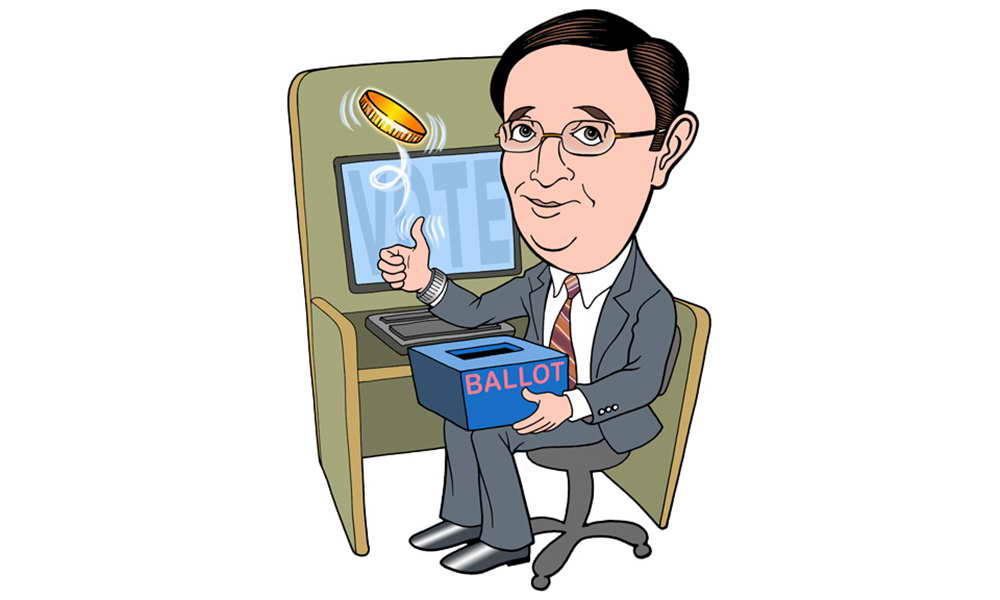
January 22, 2016
By Dr. Lee M. Miringoff
The top ten things candidates say when they know they are down in the polls are:
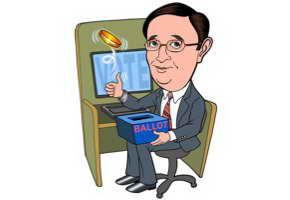 10) I’m right where I want to be.
10) I’m right where I want to be.
9) Polls go up, polls go down.
8) I’m running neck and neck among _________ (fill in demographic group).
7) That’s not what our polls show.
6) We always expected it to be close.
5) We’ve got a great ground game.
4) Once voters get to know me, the numbers will turn around.
3) We’re competing for every vote, and we expect it to be very close.
2) I don’t put much stock in the polls. It’s the voters who count.
1) I love that poll. It’s a fair poll, and I’m going to win, and it will be huge! (This is an alternate universe comment and does not need to fit the category)
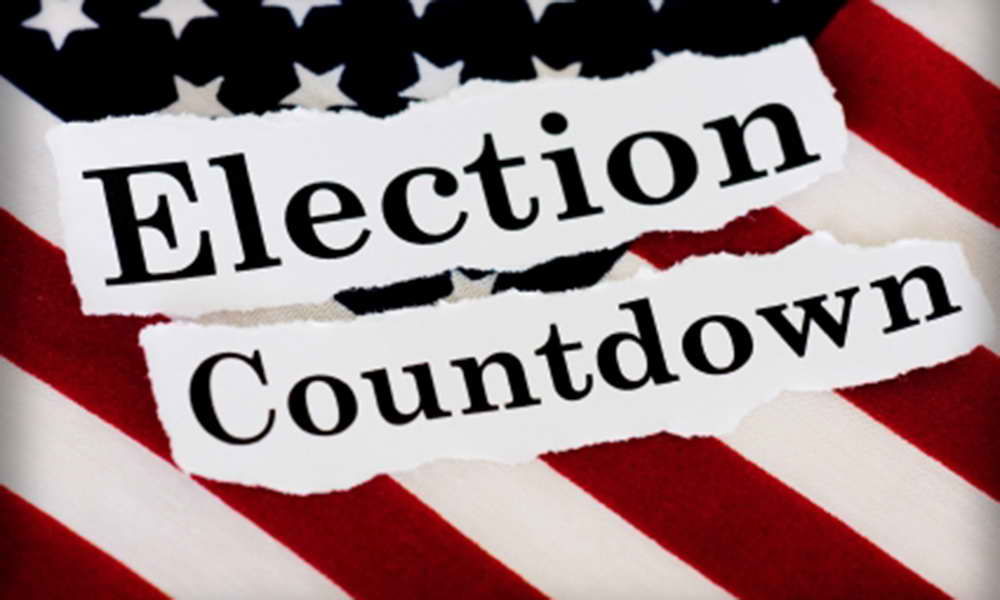
January 8, 2016
By Dr. Lee M. Miringoff
Poll Watcher Season is upon us big time. And, with it comes both the good and the bad. Each election cycle resurrects some oldies about the failings of public polls and typically ushers in a few new critiques. Expect 2016 to follow the same pattern.
In an attempt to shed a little light on the discussion… here goes. Pre-election polls are not predictive even though many continue to treat them that way. Common sense tells us that a poll conducted substantially before voting cannot be predictive. Instead, pollsters like to describe their work as a “snapshot,” although as Gary Langer correctly points out, “portrait” is more accurate. Without pre-election polls, we would be clueless about the surprising and lasting electoral appeal of Donald Trump. No summer romance was he. Or, how would we know that JEB! hasn’t connected with GOPers? It would be impossible to assess how Hillary Clinton’s main opponent, Bernie Sanders, is doing. Will she turn out to be inevitable this time, or will she be derailed again?
Public polls help us understand the emergence and decline of different candidates and also let the public in on the secret that campaign pollsters and strategists see in their private poll data. If you want to understand why Bush, Rubio, Christie, and Kasich are battling each other for the “third Lane” of so-called establishment voters (and, have chosen, at least for now, to give frontrunners Trump and Cruz a free ride), check out the public polls.
These insights are also accompanied by a wave of criticism about public polls, and some of this fallout is well deserved. There are a growing number of faulty polls. The public is well-advised to check out the sponsorship of polls, when they are conducted, whether they consider likely voters, the track record of the organization, and the method of data collection utilized. Answers to these and many more questions separate good quality public opinion research from the hit and run poll-liferation that now characterizes our number crunching campaign coverage. Poll aggregators that provide an average of the averages are useful but only if the organization tries to sort out the good polls, from the bad, and, especially, the ugly.
A word of caution. Don’t be thrown by sample size and the margin of error. For example, the margin of error is a statistical concept that largely relates to the numbers of people interviewed. It is often misunderstood in that it is not really an error at all but the acceptable range that poll findings would fall within had you interviewed the entire population. Who you interview, how you interview them, and how you model your data are more significant indicators of quality than the number of people in a poll. Put it this way, if you have a badly constructed sample, the more people you interview the more inaccurate your results will be. The errors in your data will multiply while the margin of error will shrink making the poll appear more precise and rigorous.
Unfortunately, there are no foolproof guarantees that the best polls will be right all the time or that a bad poll will always miss the target. In class, I like to tell students that even a broken clock tells the right time twice a day. Public polls are aiming at a moving target. The campaigns don’t take a break once the polls have spoken. Get out the vote efforts, particularly in primaries and caucus states, are critical. There is no copyright on defining a “likely voter.”
So, we are left with lots of poll numbers which hopefully present an accurate narrative of campaign dynamics. But, accuracy is hard to achieve. There have always been challenges, real and exaggerated, to the accurate measurement of public opinion. And, that’s been the case every four years.
This election cycle will present its unique array of tests. In the current atmosphere of voter frustration and declining response rates, debate will center on modes of data collection. Traditional probability- based polls which use live interviewers and reach voters on landline and mobile devices are being joined with a variety of on-line and Internet measurements, some probabilitybased and others not. It will be interesting to watch how the public opinion field assesses these developments.
Regardless of the mode of data collection, public pollsters worth their weight are striving to be accurate, and transparency helps the serious student of public opinion to better understand poll results. But, transparency also feeds the criticism that pollsters are “cooking” their numbers to benefit one candidate or political party. Social media certainly contributes to this hammering.
So, we are left with lots of poll numbers which are hopefully developed in an honest attempt to be accurate. In the best of worlds, these public polls present a narrative of the campaign that reflects what is going on. If you want precision in predictions, don’t ask public polls to go beyond what they can reasonably do. If you’re looking for guarantees, you’ll have to look elsewhere.

November 16, 2015
Does a candidate’s age matter when it comes to electing the next president? Find out in the latest national McClatchy-Marist Poll.
 To read the full McClatchy article, click here.
To read the full McClatchy article, click here.
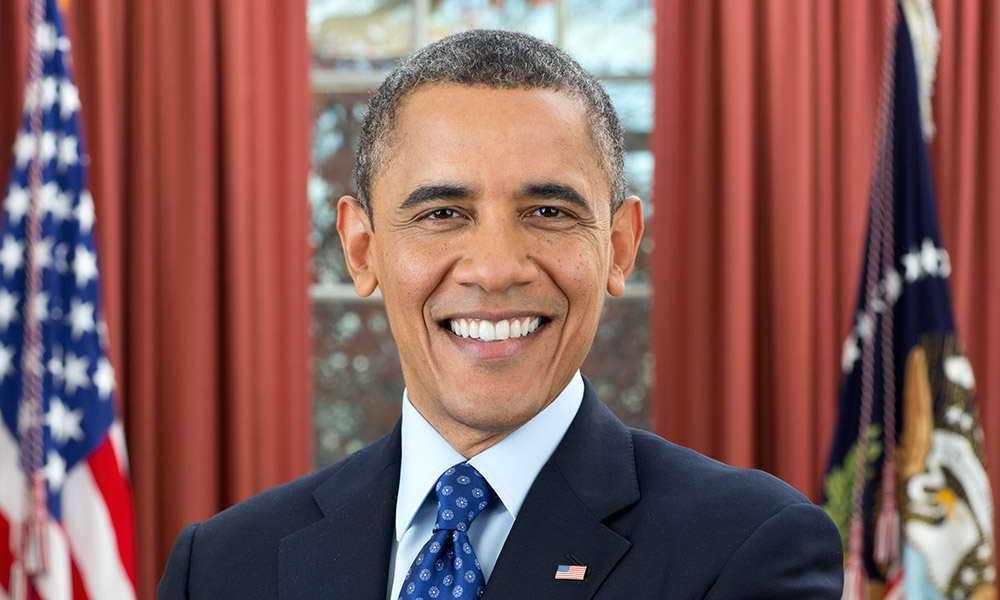
Do voters approve of President Barack Obama’s job performance? What kind of an effect could the president have on the electoral chances of the Democratic presidential hopefuls? Find out in the latest national McClatchy-Marist Poll?
 To read the full McClatchy article, click here.
To read the full McClatchy article, click here.
November 13, 2015
Where does the contest for the Democratic nomination for president stand? Find out in the latest national McClatchy-Marist Poll.
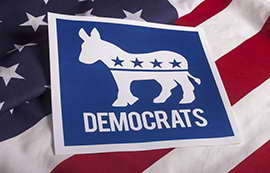 To read the full McClatchy article, click here.
To read the full McClatchy article, click here.

November 12, 2015
Do voters think former Secretary of State Hillary Clinton do something wrong by using a private email server during her time at the State Department? Find out in the latest national McClatchy-Marist Poll.
 To read the full McClatchy article, click here.
To read the full McClatchy article, click here.